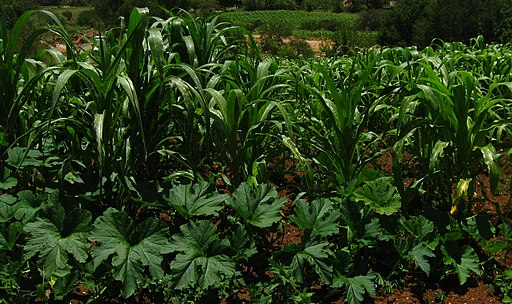Creating a Milpa bed
What is a milpa?
The milpa is originally from South America and its knowledge was used by the Aztecs and Mayans several hundred years ago. This is why it is also known as the Aztec or Indian bed. Three crops are grown in one field: Corn, beans & squash. This combination is also affectionately known as the "three sisters".
The three sisters
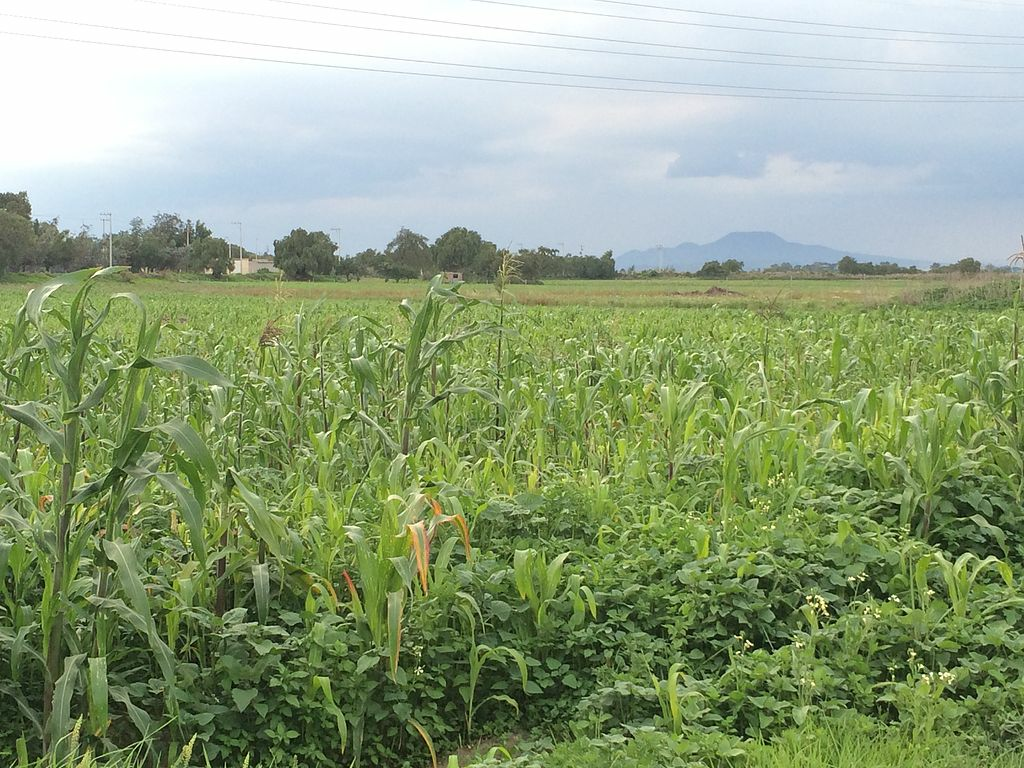
The maize serves as a strong climbing aid for the beans. The beans loosen the soil with their long roots and bind nitrogen with the help of nodule bacteria. This is used to produce new biomass and enriches the soil. The large-leaved pumpkin serves as a ground cover and shades the soil. This prevents soil erosion and keeps the soil moist in the long term.
Create Milpa

Choose a sunny location with humus-rich, well-drained soil with good water retention capacity. Then work mature compost or Terra Preta into the bed so that there are enough nutrients in the soil. Terra Preta is the best option as it is extremely rich in nutrients and can retain moisture well.
Produce Terra Preta yourself
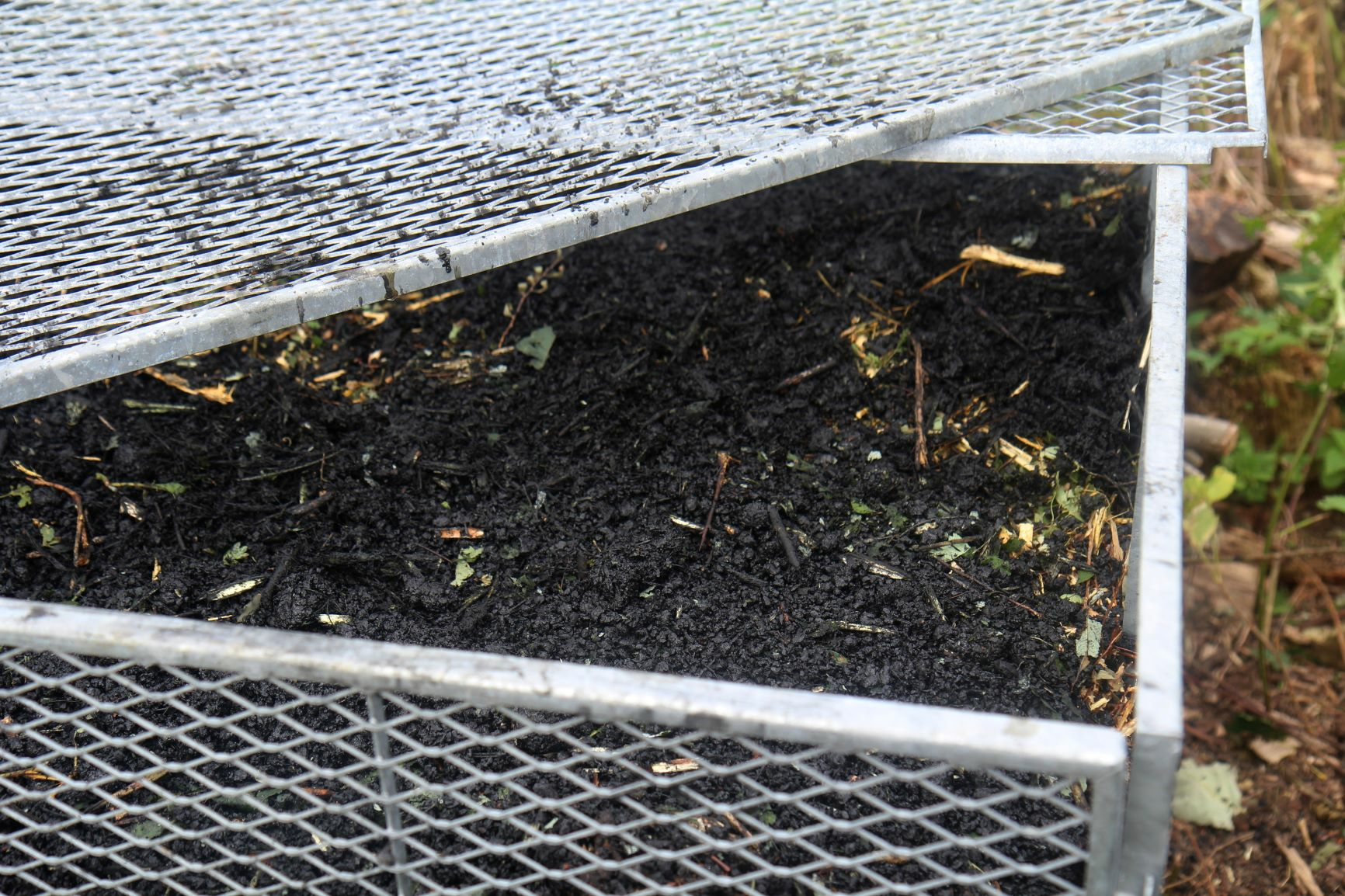
First mix manure, biochar and primary rock flour together and inoculate the substrate with effective microorganisms or a plant slurry. Leave this mixture to ferment for a few days in a closed container. This mixture is then mixed with compost and left to mature for another 4 to 6 weeks. The Terra Preta can then be used.
Planting your Milpa
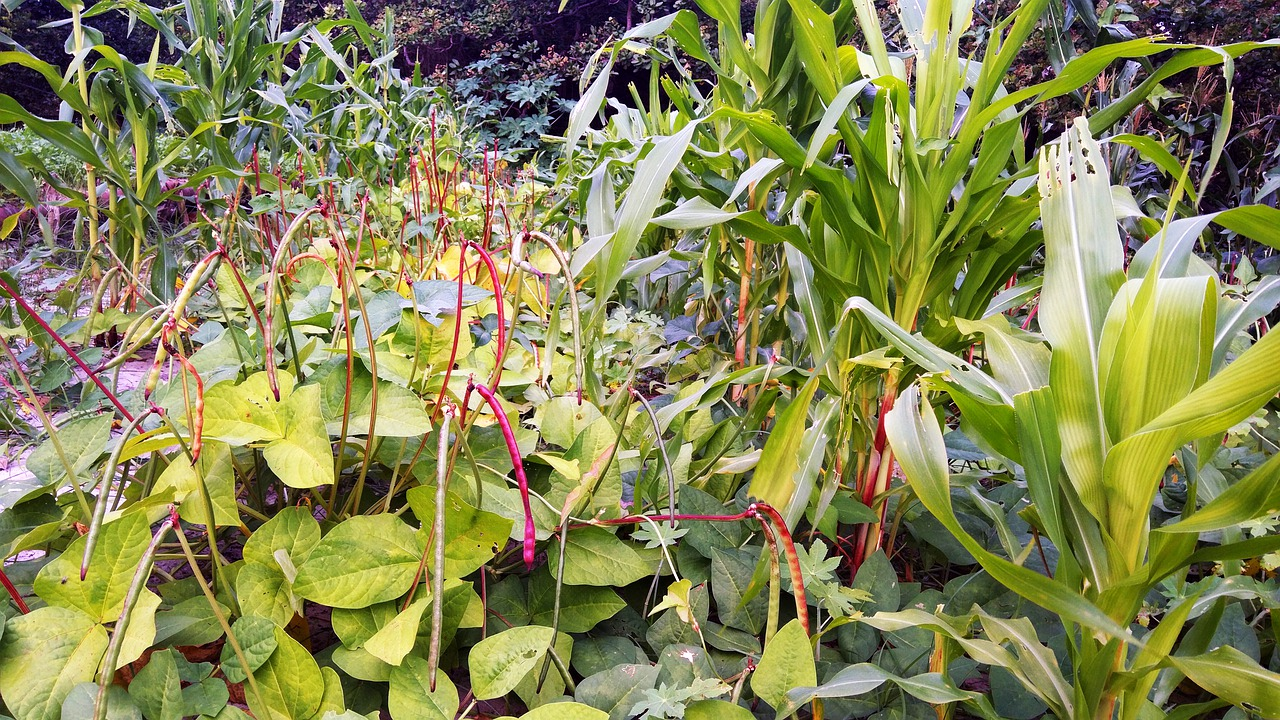
In contrast to the fast-growing bean, maize and pumpkin need a little longer to develop. This is why maize must be pre-grown at home from mid-March/early April and pumpkins from early April. The young plants can then be planted outdoors in mid-May and the beans can be sown around the maize.
Take care of your Aztec bed:
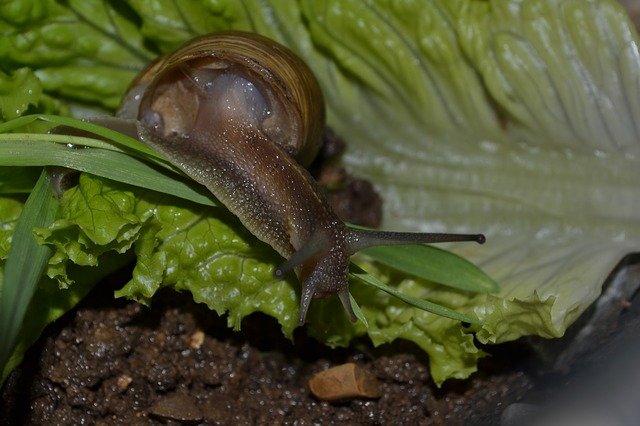
- Protect against voracious snails with the help of a snail fence or other barriers. Snails do not like to crawl over dry, rough paths made of coarse material
- Water only when the areas shaded by the pumpkin are dry
- The soil should be properly prepared every season. Fertilizing is then superfluous. After several years, however, fertilization may be necessary
Paul Rogé, CC BY 4.0 on Wikimedia Commons.
